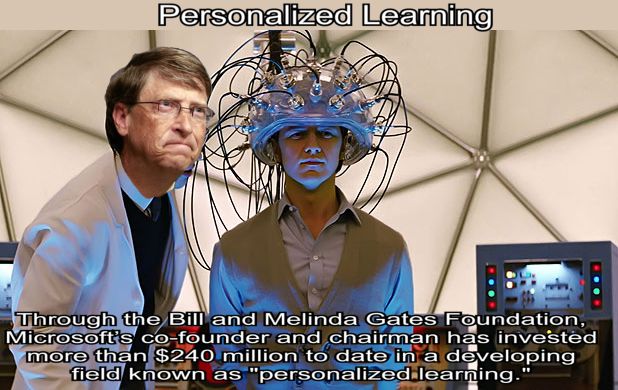Personalized Learning, Surveillance and Counterinsurgency within the State-Finance Matrix

originally published on his blog: https://narrativedisruptions.wordpress.com/surveillance-counterinsurgency-and-schooling-within-the-state-finance-matrix/
The Role of Big Data, EdTech
and Militarized Austerity within
America’s Authoritarian Democracy
by Timothy Scott
Rebooting the System for a New Age
Writing in Forbes Magazine in 2013, technology entrepreneur Naveen Jain made an assessment of the historical origins of mass public education by pointing out that, “Our education system was developed for an industrial era.” Jain went on to explain that the U.S. education system,
…today uses the mass production style manufacturing process of standardization. This process requires raw material that is grouped together based on a specific criteria. Those raw materials are then moved from one station to another station where an expert makes a small modification given the small amount of time given to complete their task. At the end of the assembly line, these assembled goods are standardized tested to see if they meet certain criteria before they are moved to the next advanced assembly line.
Jain makes this point not as a critique of education serving the interests of capitalism through the application of the scientific management model of production (Taylorism) to schooling. On the contrary, he does so to make a case that current education reform policies are a continuation of the original mission of U.S. public education as an instrument of social control, yet only being modernized to bolster financialized capitalism. As Jain puts it, “Our education system is not broken, it has just become obsolete.” He goes on to explain:
When I think of all the tremendous, seemingly impossible feats made possible by entrepreneurs, I am amazed that more has not been done to reinvent our education system. I want all entrepreneurs to take notice that this is a multi-hundred billion dollar opportunity that’s ripe for disruption.
The means by which such financial “opportunities” reside by “reinventing” education are made more explicit when Jain goes on to claim, “Rethinking education starts with embracing our individuality…[j]ust think of the opportunities we can unlock by making education as addictive as a video game” by flipping the current model on its head and use “technology to focus on Badass Teachers Association:


